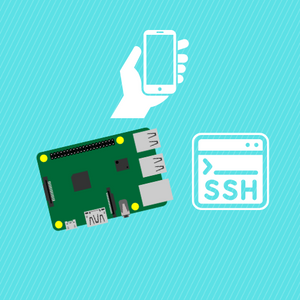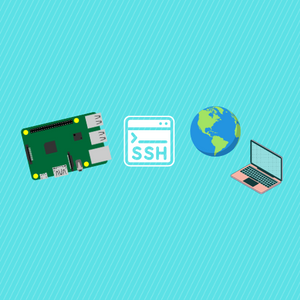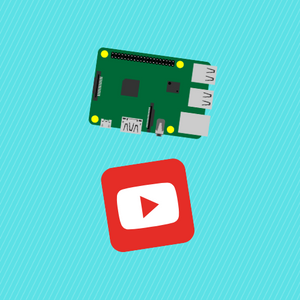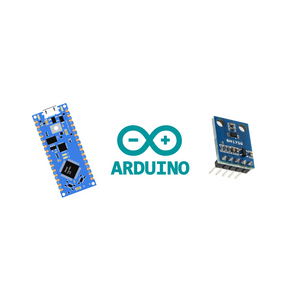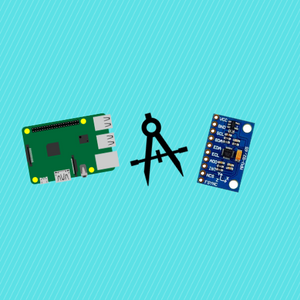The MPU6050 is a popular accelerometer used in DIY projects. It can be popularly used in animation with the i2cdevlib library with the MPU6050Teapot example. This example utilizes the ToxicLibs library in conjunction with the Processing library. Because it is quite a legacy example, how to set up the library in Processing has become unclear. I am writing this brief setup to debug an issue I had setting up ToxicLibs with Processing. Although it is a niche, I hope it can save others from getting frustrated with the library setup. You may have gotten an error along the lines of “The package “toxi” does not exist. You might be missing a library.” This guide will help you fix that.
If this tip eventually helps you, please consider subscribing to the channel where we go over the full example in detail!
Before reading the remainder, be sure to subscribe and support the channel if you have not!
Subscribe:
Support:
https://www.buymeacoffee.com/mmshilleh
Step 1-) Download Version of ToxicLibs
The version for ToxicLibs library can be downloaded here. Download the complete version of the library
Step 2-) Move the Correct Subfolders
In order for toxi.geom and toxi.processing to get imported into the code for Processing correctly, you must move the toxiclibs_p5 and toxiclibscore into the Processing> libraries as shown in the screenshot below.

You can find those subfolders once you unzip the library from the link. Now that you have that, you can fix the problem of the library imports as discussed. The remainder, if you are still confused, is talked about in the YouTube channel. But I just wrote this to help others fix the library issue which proved to be a troublesome issue for me.
Conclusion
If I saved you time, you should subscribe to Shilleh on YouTube. Where we go over other tips and offer guidance on a variety of software engineering and mechatronics problems. Hope I made your life a little easier, cheers.







